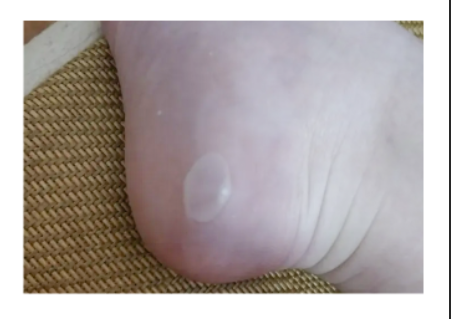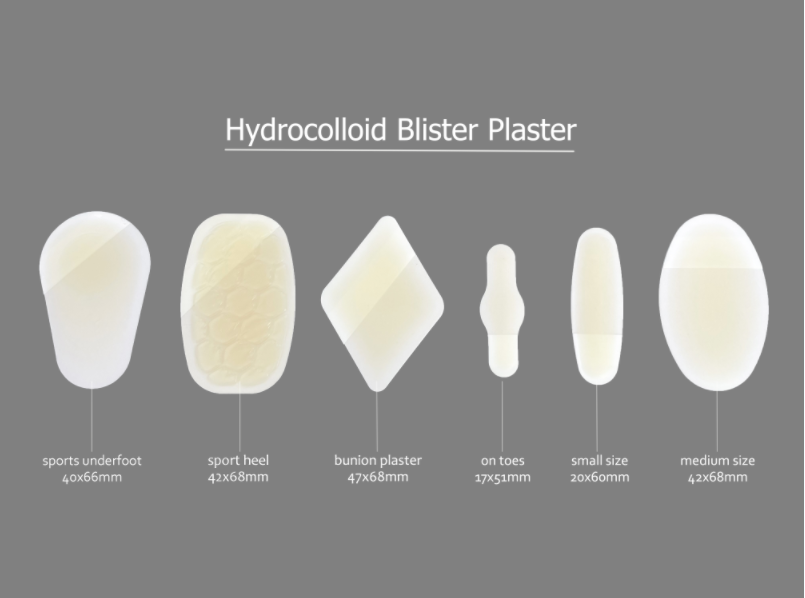As the weather gets hotter, more and more people choose to go hiking outdoors. Hiking is a popular sport, which can help people exercise and enjoy beautiful scenery. However, long hikes can also put pressure on the feet, leading to blisters. This article will introduce how to deal with hiking foot blisters in time, let's take a look together.
First, let's understand why feet get blisters.
During hiking, feet are exposed to prolonged pressure and friction, which can cause skin and tissue damage. In this case, blisters are quite normal. The blisters can be clear or opaque and can vary in size from a grain of rice to the size of an egg.
Here's how to treat hiking foot blisters:
1. Rest your feet:
If you experience sore or blistered feet during a hike, it's best to stop and rest for a while. Resting your feet can reduce pain and relieve blisters.
Clean your feet: Wash your feet with warm water and soap, especially the soaking area. This can help remove any dirt and bacteria and reduce pain.
2. Post blister plaster before hiking:
Blister plasterits main material is made of a hydrocolloid material. It's soft texture and smooth surface greatly reduce the friction between the shoe and the foot, and it has strong stickiness. It is not easy to fall off even during exercise. It can also reduce the pressure caused by exercise and reduce the risk of a foot injury.
2. Wear the right shoes:
When hiking, it is very important to choose shoes that are suitable for your foot shape and the hiking route. Make sure your shoes are comfortable enough and check them before hiking.
4.Rest and treat:
If you notice blisters on your feet, it's best to treat and rest your feet after each hike. If you experience foot pain while hiking, it's best to stop and rest and wait until your feet heal before moving on.
5. Regular foot care:
You can soak your feet every day. After soaking, take an appropriate amount of Vaseline and apply it evenly on the skin of your feet. This can make the skin of your feet smoother and reduce the risk of blisters from being worn out. In conclusion, blistered feet while hiking are a very common occurrence. By taking some simple steps like resting your feet, cleaning your feet, softening the blisters, applying ointments, and wearing the right shoes, you can manage hiking blisters in a timely manner and reduce pain and discomfort.
How to deal with the blisters that have been worn out?
Blisters with a diameter of less than 5mm do not need to be pierced, and the skin will slowly absorb them, but blisters with a diameter of more than 5mm need to be pierced. First, disinfect the surface of the blister with iodophor, and then use a disposable blood glucose needle along the edge of the blister Pierce, then use a clean cotton swab to gently remove dirt and blood from the inside of the blister. Be careful not to uncover the skin above the blister, and then stick blister plaster on the wound. It can provide the wound with a slightly acidic airtight space that is conducive to wound healing, prevent the invasion of foreign microorganisms, reduce the chance of infection, and relieve pain. Wound pain.
For more information on Innomed® blister plaster, refer to the previous articles. If you have customized needs, you are welcome to contact us; we will serve you wholeheartedly. At Longterm Medical, we transform this data by innovating and developing products that make life easier for those who need loving care.
Editor: kiki Jia
Date: April 17, 2023

 English
English عربى
عربى Español
Español русский
русский 中文简体
中文简体








